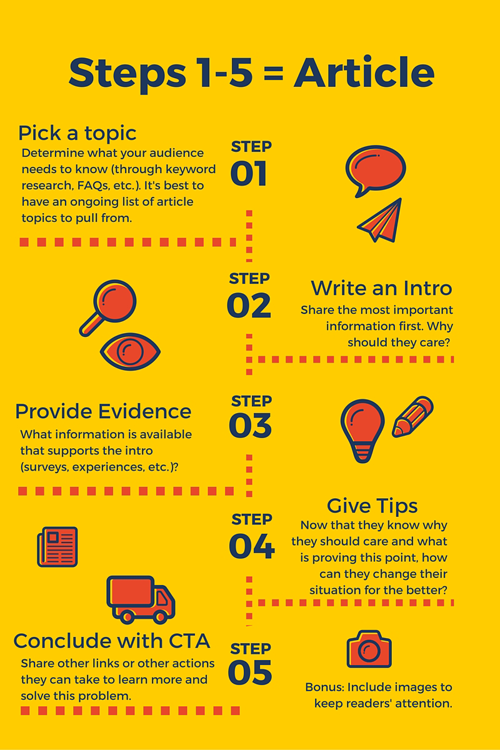Writing An Article: A Formula to Follow

The need to develop content to satisfy both end-users and the search engines has made writers out of everyone.
The search engines want to see that your company is an authority on certain topics and relevant to what people are searching for, while current and potential customers/buyers/users demand that information is available to help them make their decisions as well as make the most out of what they've already invested in.
For example, someone in search of social media software may or may not know just how many painpoints a vendor could solve so content containing use cases, surveys and editorial-type resources like how-to articles could help them visualize how their company could grow using this product. Additionally, content can help that business buyer pitch the product to stakeholders who may need to approve the purchase. For these reasons, 70 percent of business-to-business marketers are producing content than ever before.
Hootsuite, for instance, provides a variety of content, including one article on how to create a social media calendar, which is relevant to those in the research stages as well as existing customers, because Hootsuite can be used to schedule out those posts.
Creating content, however, isn't easy. It takes time to compile ideas, time to actually implement the ideas, and time to publish and promote the end product. That said, there are some basic elements of every article, five of which are included in the graphic below (and for further reading, make sure to check out, "3 Steps for Creating Useful Content" and "4 Ways to Create High-Ranking Content in Competitive Industries").

Subscribe to Our Newsletter!
Latest in Marketing









